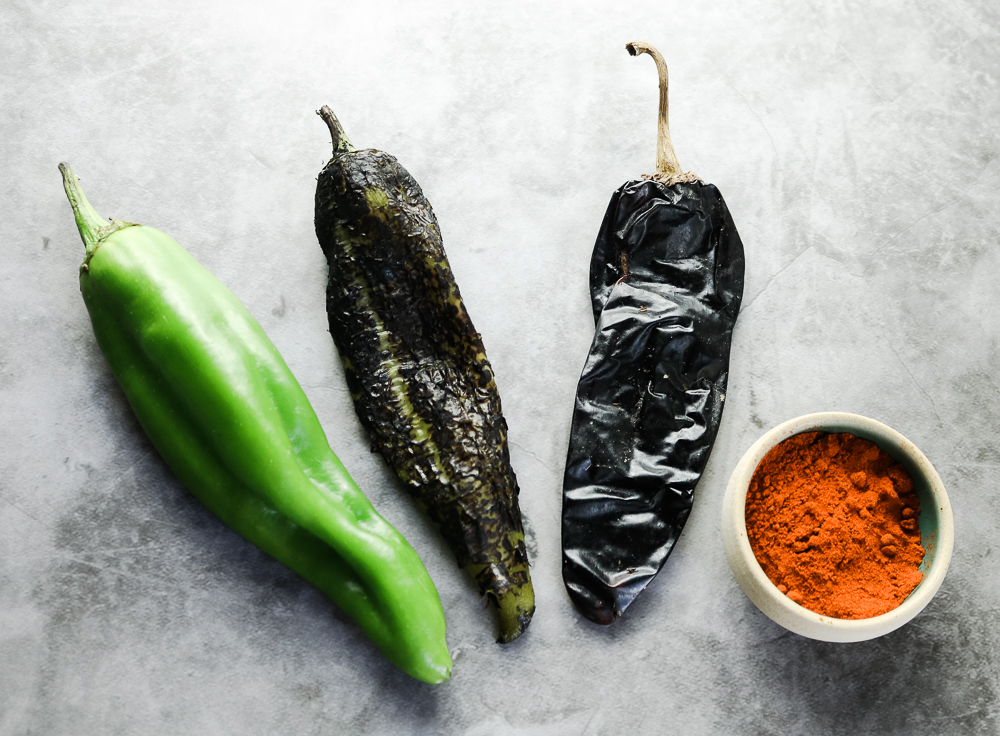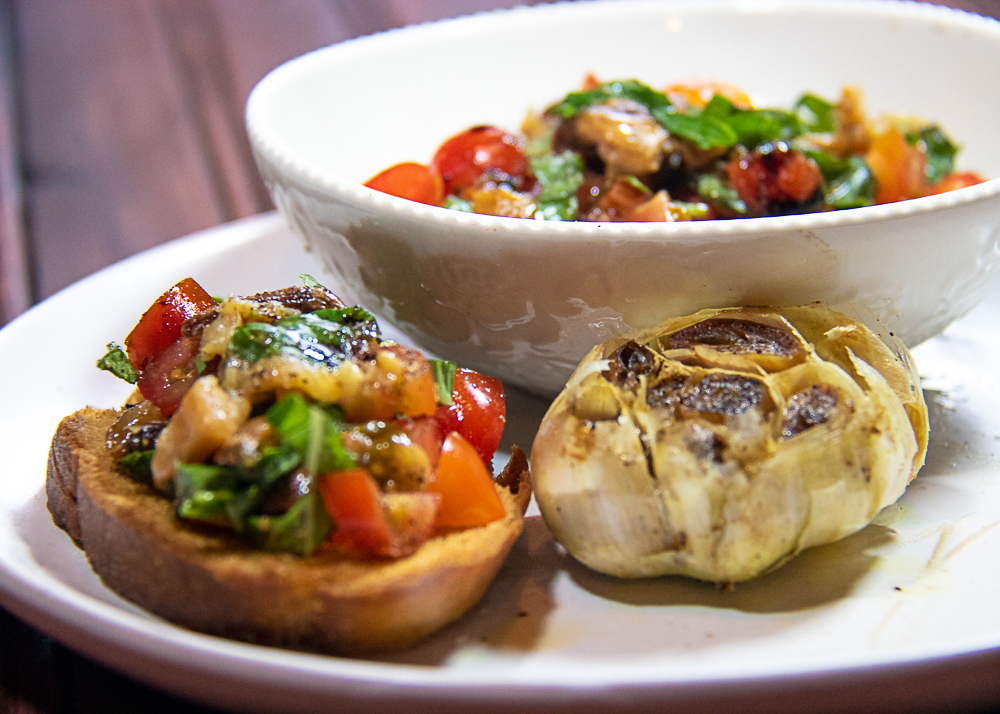
At the end of summer, right around Labor Day, large roasting cages spring up in western grocery store parking lots to entice people to take advantage of the short window of fresh New Mexico chile peppers fire-roasted and ready to spice up all sorts of wonderful dishes. Learn what is so special about Hatch chiles.
Hatch chile is the label for a group of peppers that can range from mild to hot pepper, depending on the variety. While not as fiercely protected a label as capital “P” Parmesan cheese (which must be produced in certain regions of Italy), Hatch chiles are grown in the Hatch region in southern New Mexico, leading to their alternate label of New Mexico Chile. The small Rio Grande River town of Hatch claims to be “The Green Chile Capital of the World” because of its ideal climate and soil.
What are Hatch Chiles?
Similar to the Anaheim chile, the Hatch chile is a long and fleshy green pepper. The variety isn’t specific (because it’s defined instead by being grown in the Hatch Valley), so the chiles can range in heat from mild—just a step above a green bell pepper—to hotter than a jalapeño.
Hatch chiles have a culinary cult following. In addition to being one of New Mexico’s state vegetables, they are integral to Southwestern, Sonoran, and Arizona cuisines. Other western states from Texas to California have jumped in on the Hatch chile craze by touting their own chile varieties that grow best in their climates. For example, Colorado claims the Pueblo chile taste even better and is more complex in flavor profile than the Hatch chile.
When Are Hatch Chiles Available?
However, the popularity of the Hatch chile is skyrocketing as more and more people discover the allure of chile pepper fire-roasted in a wire barrel at farmer’s markets, road-side sides, and grocery stores. The peppers show up like magic some time in mid-August through the middle of September and then disappear. The exact timing depends on the harvest window of the chile crop.

If you missed getting your fresh Hatch chiles this year, don’t despair. You can order them online. They are fire-roasted, peeled, flash frozen, and shipped straight to your door. Canned Hatch chiles can also be found in the ethic section of the grocery store. Look for the chiles whole, diced or made into sauces and salsas all bearing the Hatch chile name.
Substitutions for Hatch Chiles

In a pinch, thick-walled Anaheim or poblano peppers are a good substitute for fresh Hatch chilies. Canned, dried and powdered Hatch chiles all also a way to enjoy the subtle sweet, smokey and spicy taste of the official Hatch chile. But if you can get your hands on some fresh chiles, it is worth the effort.
I grabbed my 25-pound bag of medium chiles just after Labor Day and watched the worker at Harmon’s grocery store load them into the barrel and fire-roast them right in front of me.

When I got the large paper grocery bag home, I divvied them up into small zip-close snack bags (about 5 chiles per bag), squeezed them flat, and loaded them into my freezer. I didn’t remove the blackened skin before freezing because I want to be able to integrate the smoky flavor in the dishes I will be using the chiles in and don’t mind the black speck and texture of the skins. In the dishes that don’t need the skins or the extra smoke, it is simple to wipe the blackened pepper skin off as the peppers are defrosting. Once thawed, they maintain their flavor and texture and are ready to use. In sauces and other dishes, I don’t even thaw the chiles; I just add them frozen, which is a great time saver.
So stay tuned for a bunch of upcoming recipes that will feature these gems. If you’re already intrigued check your local grocery store to see if there are Hatch chiles, in any form. I can’t wait for you to discover why there is such a clamor for Hatch chiles.
Get the recipe for Hatch Chile Verde here.





Leave a Reply